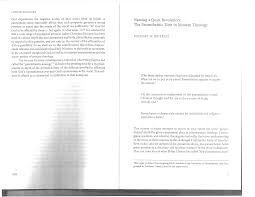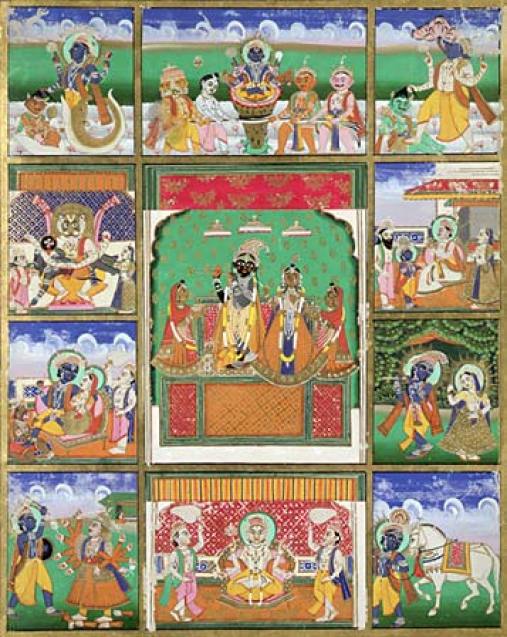
Many interpretations can be given to the myth of Arachne. But at its core, it represents the struggle between oppressive authority and rebel. While the myth is ancient Greek, the most earliest account comes from Ancient Rome, where it was recorded by Ovid during the reign of Augustus.
Ovid's account of the myth
Ovid's telling of Arachne's story is a poetic metaphor for artistic talent and censorship. Arachne's story is an example of how the arts were suppressed and censored by the Roman government. Ovid himself was an exiled poet, and the story of his tapestry could reflect his own frustration at being prevented from reaching a wider audience.

Ovid's parallels to arachne
Ovid, a Roman poet wrote the story about Arachne in the first Century AD. It is part a collection called Metamorphoses that compiles stories of magical transformation. Ovid may have adapted earlier stories, but the story shows his unique perspective. Ovid may have incorporated aspects of his own personality into the story. Arachne, a young Lydian girls, is described in the poem as a skilled dyer. He created purple cloth and wool, and made beautiful tapestries out of the rich fleece.
Athena's reaction on arachne’s tapestry
Athena's reaction at Arachne stealing her tapestry was to punish Arachne. Arachne rented her tapestry, and Athena put her hand on Arachne's forehead, causing her to feel guilty. She fled the contest as well as the workshop.
Minerva's response in kind to arachne’s tapestry
Minerva's reaction to Arachne’s tapestry represents powerful symbols of divine exploitation. The tapestry displays a series of crimes committed by the gods to human beings. Minerva gets upset and tears apart the tapestry Arachne made to hang herself. Arachne is then struck by Minerva's shuttle, a wooden device that holds a spool. Arachne is transformed into a spider after the tapestry has been destroyed.
Athena's response to arachne's tapestry
Arachne and Athena respond to Arachne in the ancient Greek mythology. This tapestry is why Athens is named after her. It was woven with the finest grass blades, and features scenes of the gods as well as their powers. Athena was depicted wearing armor and a shield with a spear. Zeus, one of twelve Olympian gods, surrounds her. Athena's beauty is being admired by Zeus.

Ovid's criticisms on arachne’s tapestry
Ovid describes Arachne’s weaving in the Metamorphoses. Ovid describes the weaving in great detail. It was considered beautiful art. However, Ovid seems upset with the Roman government for trying to censor the artwork. This could be Ovid's disapproval of Augustus’ tactics.